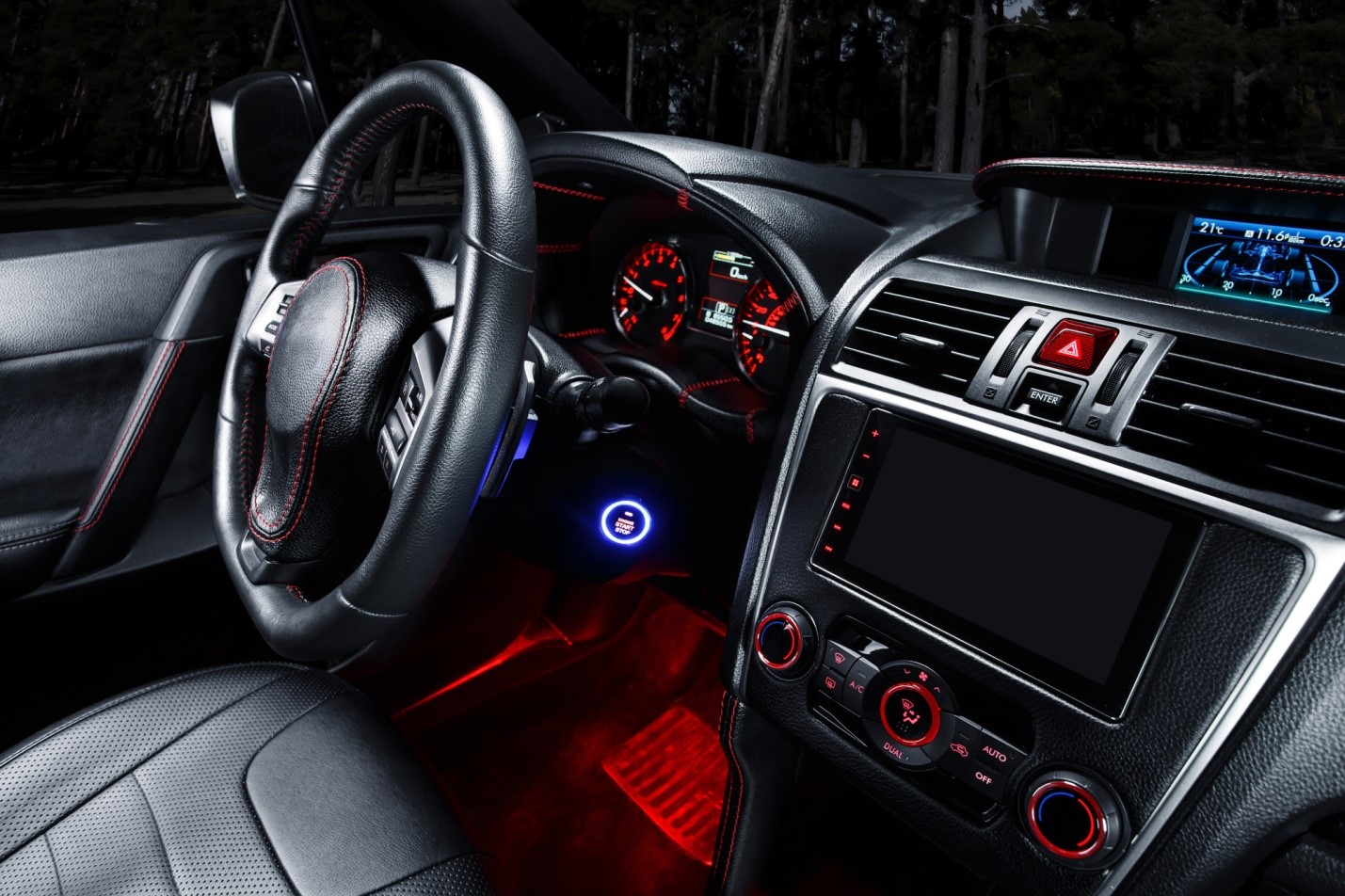[ad_1]
There are two types of wheel speed sensors currently in use: magnetic inductive, more commonly known as passive sensors and magneto resistive, or active wheel speed sensors. Both of sensors do a similar job, but they function in completely different ways. Both function effectively in their own ways, but the more modern active wheel sensor is generally regarded as the more reliable.
Passive sensors have been around since the early days of the anti-lock brake system (ABS). These sensors function on the generator principle. The speed sensors work with the toothed tone wheels to monitor and provide the anti-lock brake module (ABM) with wheel speed information. The actuator is a toothed tone wheel that rotates with the individual wheel. Each tooth on the tone wheel acts as an actuator for the wheel speed sensor. As the tone wheel rotates, the teeth go in and out of the proximity of the sensor. The result is an alternating current (AC) voltage that is generated in the sensor coil by magnetic lines of force fluctuating as the tone passes by the magnetic sensor.
The output of the wheel speed sensor can vary from vehicle to vehicle due to: winding type, air gap, magnetic strength of sensor, metal properties of the tone wheel and wheel speed. Unfortunately these types of passive systems have been prone to false cycling, which is the term used to describe an ABS cycle even though the road conditions do not dictate the need for this cycle. This condition is very prone to happen at slower speeds. This tends to happen because of wheel damage or rust build-up on the tone wheel. An incorrect sensor air gap will cause this condition, as well as debris on the wheel speed sensor tip.
Active wheel sensors have been in use since 1999. This style of speed sensor helps to increase performance, durability and low speed accuracy. Active sensors do not appear to have the same false cycle problem of passive sensors do. Most vehicles with active sensors still use a toothed tone wheel which acts as the trigger mechanism for the sensor. Some vehicles use a magnetic encoder in place of a traditional tone wheel. The encoders have north/south pole magnets imbedded into the ring. The ring is then pressed on the axle shaft just like a tone wheel. In either case the result is a digital square wave signal.
On this system, the ABM sends battery voltage to the speed sensor to power it up. The sensor, in turn, supplies the ABM a constant 7 milliamp (mA) signal on a signal return circuit. Depending on the tone ring or magnetic encoder position, this 7 mA signal is turned on or off. The output of the sensor sent to the ABM is a Direct Current (DC) voltage signal with changing voltage and current levels. The ABM monitors the changing digital signal from each wheel speed sensor and is interpreted as wheel speed.
[ad_2]











